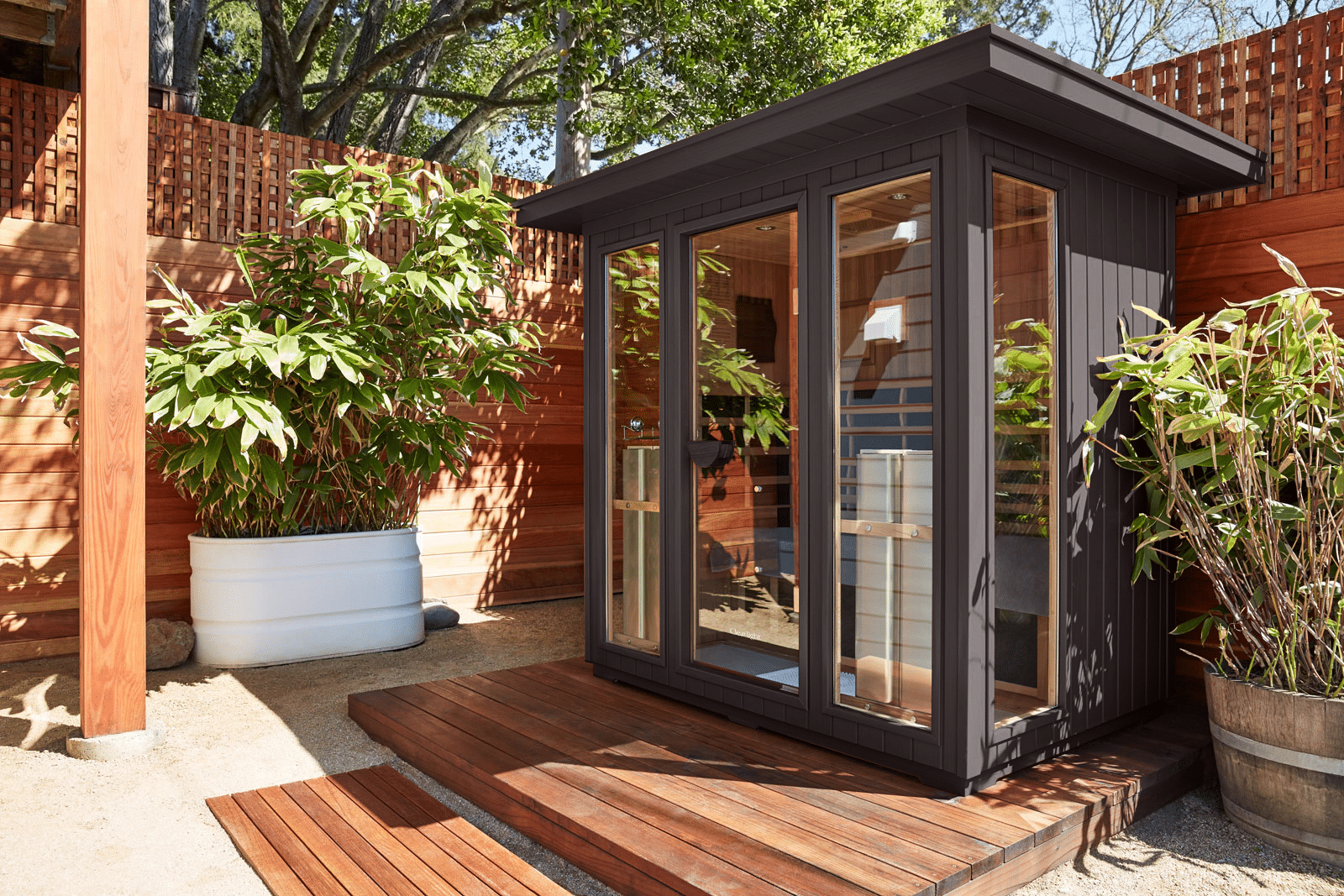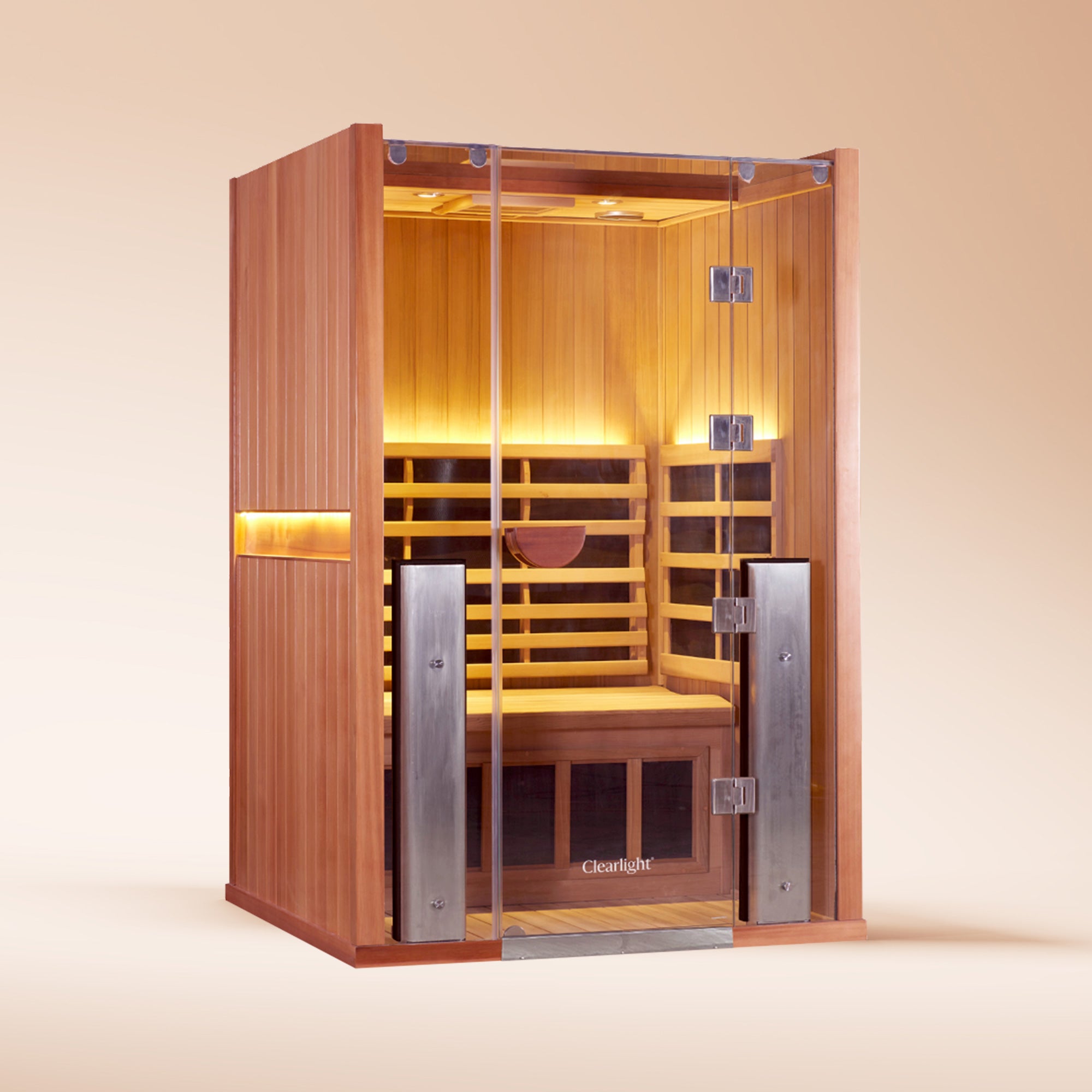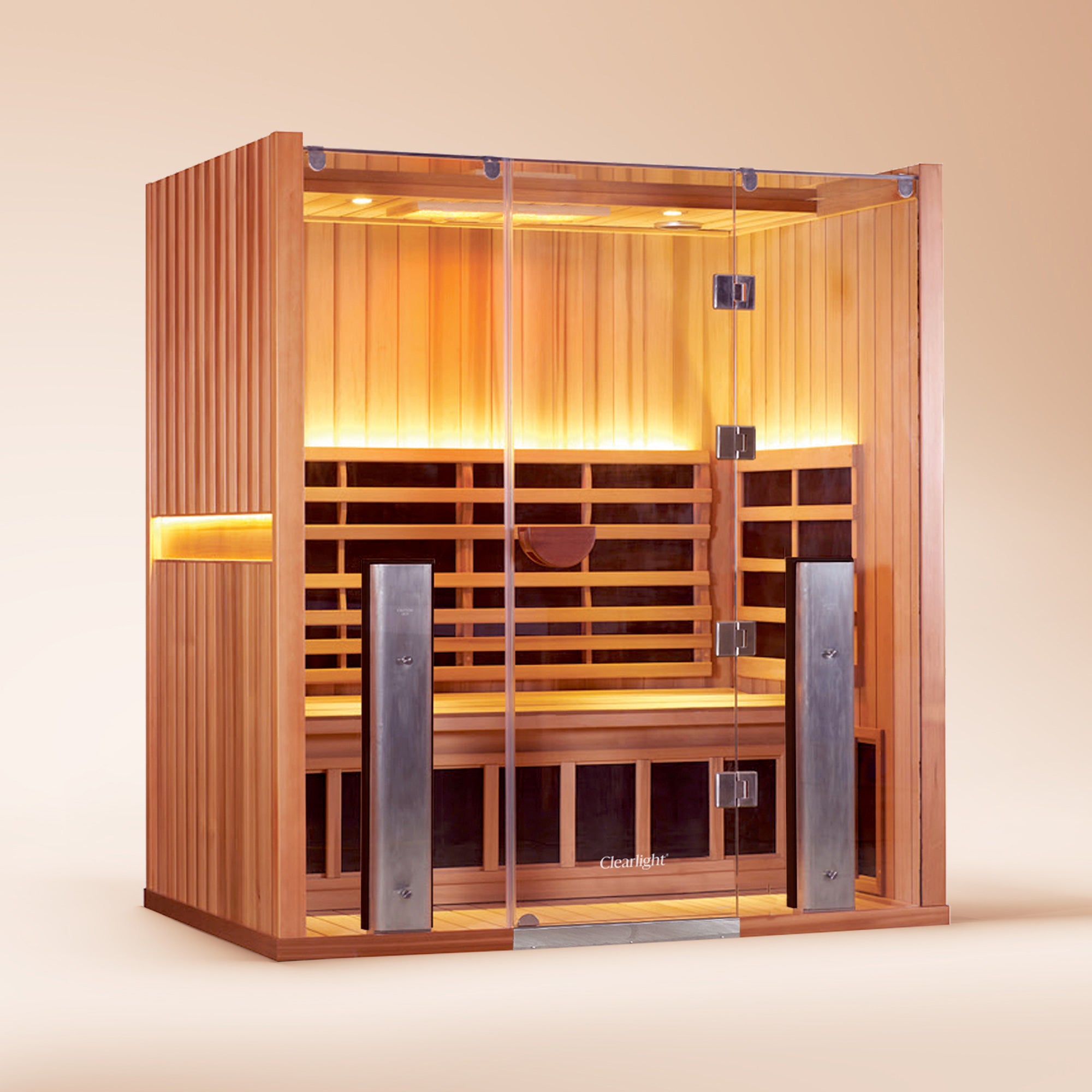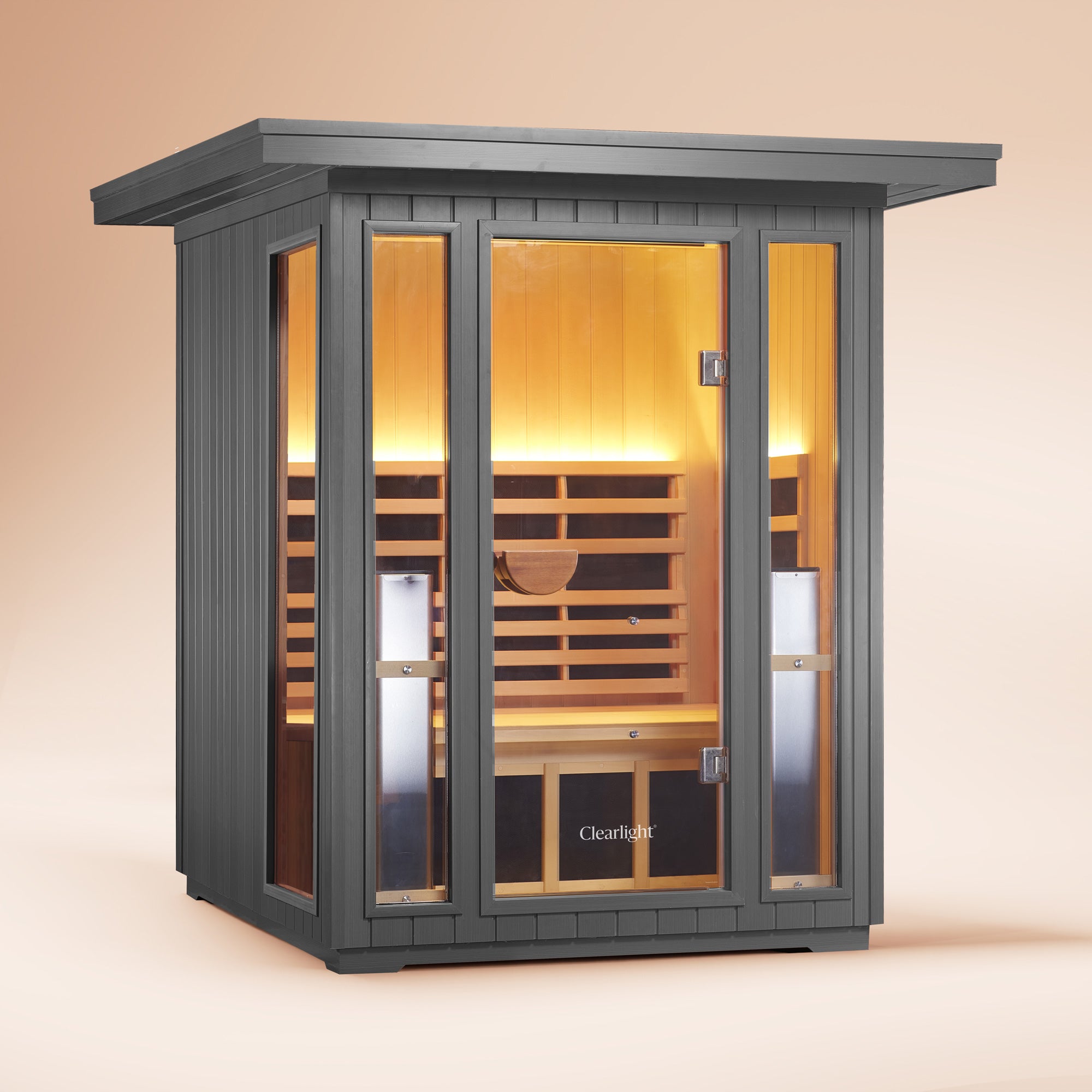In this blog post, I’ll answer the question “is a sauna good for your lungs?” I’ve written many blog post on related topics in the recent past, such as infrared saunas and pneumonia, infrared saunas and asthma, and saunas and nasal congestion.
This time, however, I’ll not only look at disease risk but also what health gains you can make by spending time inside a sauna if you don’t have a health condition.
Introduction: Airway Health And Disease 101
Like many physical qualities, airway health slowly declines as you age (1). Your grandparents have probably told you in the past that even though they had terrific health in their 20s, once they reached their 60s or 80s their overall health declined.
To main measurements that closely track overall lung health called “FEV1” and “forced vital capacity” go down with age, in fact. FEV1 signifies the amount of air you can exhale in 1 second, after an inhale. And “forced vital capacity” is the total amount of air you can exhale over several seconds.
The forced vital capacity declines by about 0.3% per year and for the FEV1 that’s 1-2%. So, the best measurements of your lung capacity go down when you age.
However, you’re far from powerless: lung capacity can also be trained (2, 3, 4, 5, 6, 7). Aerobic training, resistance exercise, and specific lung exercises can all improve your lung capacity - such as measured with the forced vital capacity and FEV1 tests.
If you already have a health condition, then training your overall lung capacity will be even more beneficial. If that sounds complicated, just imagine that you can train lung capacity in the same way you can train the strength of your muscles or improve the health of your heart and blood vessels through exercise.
Also, even though it’s very self-evident, the main goal of your lungs is to supply your cells with oxygen (O2) and ensure excess CO2 can leave the body. For that capacity, other measurements are available, such as the well-known “VO2 max” and the lesser-known “control pause” (8; 9, 10)
These two other measurements can be improved with training as well. And, generally speaking - unless you exercise a lot - your numbers on your VO2 max and control pause will also decline with aeging.
And, with that being said, I’ll end this section with two conclusions: 1) many measurements of lung capacity and your body’s ability to exchange and use oxygen exist - by training you can improve the outcome on these tests; 2) with aeging, the maximum outcome you can reach on these tests goes down and you’ll also increase your risk for respiratory disease.
The good news here is, that the better you can support your lung capacity and the body’s ability to exchange oxygen, the lower the risk of lung conditions. And, also, the longer you’ll stay healthy into old age.
So, not all is doom and gloom. Next up, here’s where the saunas come in. Let’s explore the relationship between an infrared sauna and lungs so that you can maximise the health of your oxygen-exchange system for as long as possible:











Infrared Sauna Emissivity Explained
Infrared Sauna Emissivity Explained